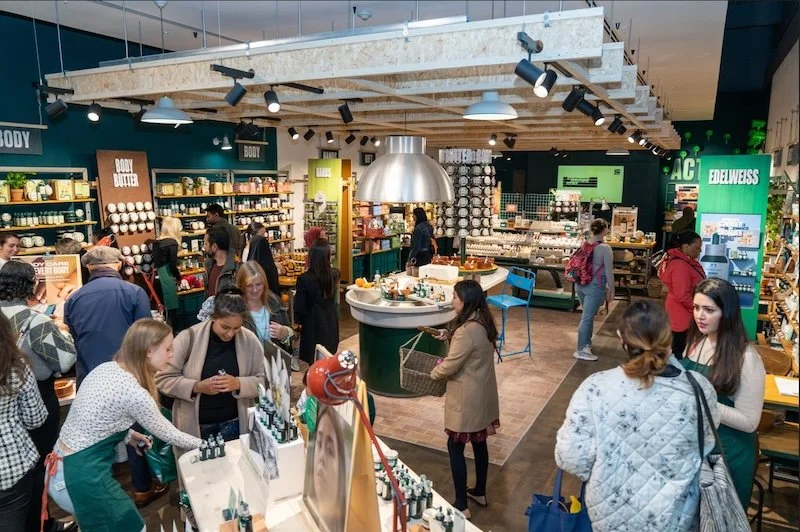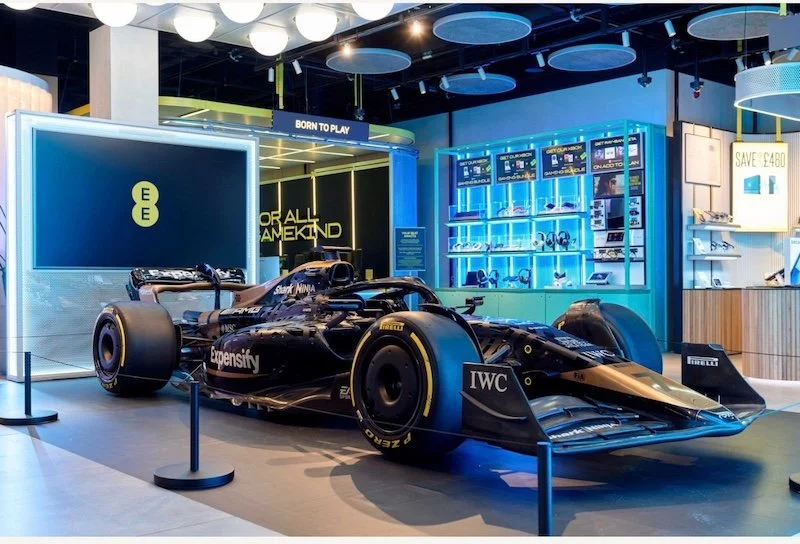Retail Technology Show 2025 panel: customer strategies only drive market share and profit if they're aligned
“It’s easy to say you’re customer centric. But it’s challenging to live and breathe it,” said Georgie White, Chief Customer Officer (CCO) at Holland & Barrett, during a conference panel this week with River Island and Pharmacy2U representatives at Retail Technology Show 2025 in London.
“It’s not just a marketing issue. Good customer strategies involve technology, in-store people, the commercial arm and everyone else [being aligned].”
Jo Graham, Chief Digital Information Officer (CDIO) at Pharmacy2u cited AO.com as a great example of a retailer getting its customer strategy right. The UK online player can deliver and install your vacuum, washing machine or computer to your door. It has 1.7 million people on their socials as well.
“My husband recently wanted a new TV after some surgery for example,” said Graham. “They offered a two hour delivery timeslot, which they stuck to, unpacked and set everything up for him including cable, while taking all the packaging away. They’re an online player but the way they fulfilled the order was very personal and effective.”
Simon Pakenham-Walsh, Chief Information Officer (CIO) at River Island, shared his three key tips at RTS 2025 for a successful customer strategy that can drive market share and profits, citing the necessity to:
Be customer centric: by solving an actual customer problem you’ve identified. Don’t innovate just for the sake of it. “Don’t build stuff just because it’s cool,” he cautioned. “Do it to serve a customer need.”
Keep it simple: and make the journey intuitive.
Use technology to personalise at scale: that means using data effectively and AI to mine and utilise it if appropriately. However, any such AI customer service, marketing or targeting tools have to be human and not robotic.
The humanity of customer facing strategies is vital and can be enhanced in-store. Pakenham-Walsh cited Abercrombie & Fitch having its own scent in its stores and VJs playing music and making experiential events as examples of good practice. “At River Island we experiment with our in-store design and offerings and tap into CCTV feeds to see what is attracting footfall. This tells us what is working [and measures it].”

User generated content
Another way to get customers involved with your brand and therefore more likely to spend money with you is via user generated content. “People look at Amazon and at online reviews,” said Pharmacy2u’s Graham. “It’s risky, but transparency works.”
If you’ve a good strategy and business it is true this approach works. But there are other more traditional ways for brands to tell their stories as well via marketing campaigns and so on. These can be amplified through social media and other means. “If you master your data messaging, value creation and brand story, so that people believe you won’t let them down then they will align with you.”
The cost-of-living crisis has made the focus on price very front and centre in this debate. “But lots of markets are still growing despite the tough times, such as ours at Holland & Barrett [i.e. wellness],” said Georgie White, under questioning from the moderator, Martin Newman, a consumer champion and consultant to the industry.
“We do think about different customer cohorts and are aware that the most engaged spend the most money with us,” added White, while insisting they still cater for all, do promotions and so on. “We’ve got other customer segments that we don’t forget and know need help on their own health journeys. You can start off in one segment and move into another [more engaged and profitable] segment.”
Personalisation
Holland & Barret has a new app that can tell users their biological age via a questionnaire. This gathers data and is important, explained White, because it helps them know their customers and drive their journeys. “It’s personalisation. This is important and means you can offer next best product or action callouts. But you mustn’t overdo this. Any such tools [and app data] must be human.”
Aligning the people aka humans, process and technology really is the best way to success. One doesn’t work without the other. That strategy to serve the customer well doesn’t change, however much the industry advances technologically.






























Continue reading…